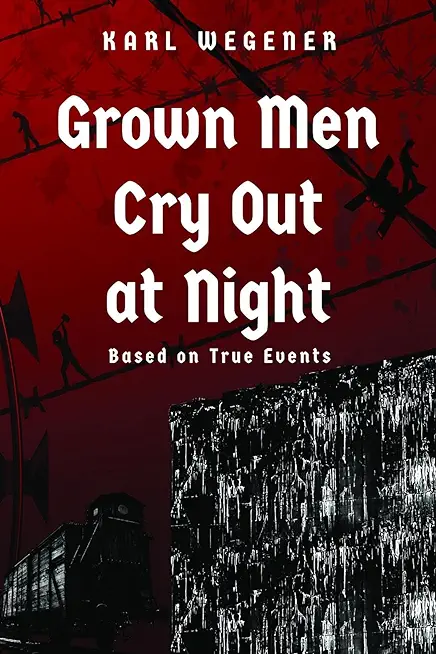
description
my wrists. The gold ones were plain so I didn't mind taking them off, but I loved wearing my milk-glass bangles and the lakkh bracelets. "A widow can't wear bangles," she said. "They are signs of a woman's good fortune. When your husband dies it's over." "What if my good fortune comes back?" "It doesn't."
Pretty as a peacock, twelve-year-old Leela had been spoiled all her life. She doesn't care for school and barely marks the growing unrest between the British colonists and her own countrymen. Why should she? Her future has been planned since her engagement at two and marriage at nine.Leela's whole life changes, though, when her husband dies. She's now expected to behave like a proper widow: shaving her head and trading her jewel-toned saris for rough, earth-colored ones. Leela is considered unlucky now, and will have to stay confined to her house for a year-keep corner-in preparation for a life of mourning for a boy she barely knew. When her schoolteacher hears of her fate, she offers Leela lessons at home. For the first time, despite her confinement, Leela opens her eyes to the changing world around her. India is suffering from a severe drought, and farmers are unable to pay taxes to the British. She learns about a new leader of the people, a man named Gandhi, who starts a political movement and practices satyagraha-non-violent protest against the colonists as well as the caste system. The quiet strength ofsatyagraha may liberate her country. Could she use the same path to liberate herself?
Pretty as a peacock, twelve-year-old Leela had been spoiled all her life. She doesn't care for school and barely marks the growing unrest between the British colonists and her own countrymen. Why should she? Her future has been planned since her engagement at two and marriage at nine.Leela's whole life changes, though, when her husband dies. She's now expected to behave like a proper widow: shaving her head and trading her jewel-toned saris for rough, earth-colored ones. Leela is considered unlucky now, and will have to stay confined to her house for a year-keep corner-in preparation for a life of mourning for a boy she barely knew. When her schoolteacher hears of her fate, she offers Leela lessons at home. For the first time, despite her confinement, Leela opens her eyes to the changing world around her. India is suffering from a severe drought, and farmers are unable to pay taxes to the British. She learns about a new leader of the people, a man named Gandhi, who starts a political movement and practices satyagraha-non-violent protest against the colonists as well as the caste system. The quiet strength ofsatyagraha may liberate her country. Could she use the same path to liberate herself?
member goods
No member items were found under this heading.
Return Policy
All sales are final
Shipping
No special shipping considerations available.
Shipping fees determined at checkout.







